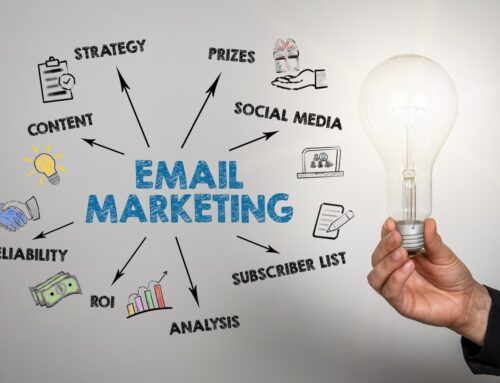Explore how Augmented Reality (AR) is transforming marketing with immersive, interactive experiences. Learn how brands use AR to boost engagement, personalization, and sales.

Augmented Reality
Marketing is constantly evolving — and one of the most exciting innovations reshaping the landscape is Augmented Reality (AR). By blending the digital and physical worlds, AR creates immersive brand experiences that engage customers like never before.
From virtual try-ons to interactive packaging, AR is not just a futuristic gimmick — it’s a powerful marketing tool that’s here to stay.
👓 What Is Augmented Reality
AR overlays digital elements — such as images, animations, or data — onto the real world using a device like a smartphone, tablet, or AR glasses. Unlike Virtual Reality (VR), which creates an entirely digital environment, AR enhances the real-world experience.
Common Augmented Reality Marketing Applications:
-
Virtual try-ons (clothing, makeup, glasses)
-
Interactive ads and product demos
-
AR games and brand activations
-
Location-based AR experiences
-
Scannable product packaging
💡 Why Augmented Reality Matters in Marketing
AR turns passive viewing into active engagement, allowing customers to interact with a product or message in real time. Here’s why brands are embracing AR:
1. Enhanced Customer Experience
Try before you buy. AR helps customers make more informed decisions, reducing doubts and increasing satisfaction.
2. Stronger Emotional Connection
Immersive experiences are more memorable. AR adds a layer of fun, surprise, and delight that creates lasting impressions.
3. Higher Engagement Rates
AR campaigns often see significantly higher interaction times and click-through rates compared to traditional ads.
4. Personalization at Scale
AR can adapt to users’ preferences, locations, and behaviors — creating deeply personal brand experiences.
5. Competitive Differentiation
In saturated markets, AR helps brands stand out and position themselves as innovative and customer-focused.
🧪 Real-World Examples of Augmented Reality in Marketing
👗 IKEA Place App
IKEA’s AR app lets users visualize how furniture looks in their space before buying — solving a major pain point for online shoppers.
💄 L’Oréal & Sephora Virtual Try-Ons
Beauty brands use AR to let customers “try on” makeup using their phones, boosting online sales and reducing returns.
🍕 Pizza Hut’s Augmented Reality Menus
AR-enabled menus allow customers to see 3D versions of meals before ordering — enhancing appeal and experience.
📦 Pepsi’s Augmented Reality Bus Shelter Ad
An iconic AR campaign turned a London bus stop into a window of sci-fi excitement, capturing massive attention and social buzz.
🛠️ How to Get Started with Augmented Reality Marketing
1. Define Your Objectives
Are you looking to boost engagement, drive sales, or enhance product visualization?
2. Choose the Right Augmented Reality Platform
Options include:
-
Snapchat Lens Studio
-
Meta Spark AR (Instagram & Facebook)
-
WebAR platforms like 8thWall or Zappar (no app needed)
3. Design for the User
Ensure your AR content is easy to use, adds real value, and works seamlessly on multiple devices.
4. Test and Iterate
Track usage, gather feedback, and continually refine the experience for better results.
🔮 The Future of Augmented Reality in Marketing
As AR tech becomes more accessible and wearable devices (like Apple Vision Pro or AR glasses) grow, expect:
-
Hyper-personalized, real-time AR shopping
-
AI + AR integrations for smarter experiences
-
Widespread adoption across retail, tourism, real estate, and education
✅ Final Thoughts
Augmented Reality is not just a trend — it’s a marketing revolution. It elevates customer interaction, enriches storytelling, and bridges the gap between imagination and reality.
📌 Takeaway: Brands that embrace AR today are not just innovating — they’re shaping the future of digital marketing.


